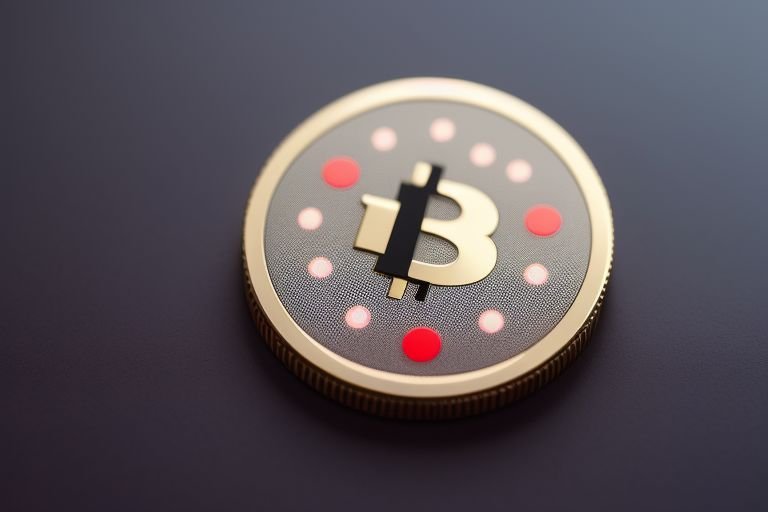
Polkadot (DOT) Grows as Parachain Ecosystem Expands
Polkadot (DOT), the network that connects multiple blockchains has its native token, DOT, trading at $9. 87 as its parachain ecosystem keeps on growing and developing. This price movement indicates that more and more investors are paying attention to Polkadot’s architecture and the ability of the project to address some of the biggest issues within the blockchain ecosystem.
The following are the reasons why DOT’s price has been on the rise in recent times Parachains are smaller blockchains that co-exist with the Polkadot relay chain and have been one of the main propositions of the Polkadot ecosystem since its launch. The growing number of active parachains proves that Polkadot’s concept of a heterogeneous multi-chain network is feasible.
Many high profile projects have been able to secure parachain slots through Polkadot’s auction system where people with DOT tokens are able to vote for projects by staking their tokens. Not only have these auctions attracted a lot of interest and activity amongst the Polkadot community but also a large amount of DOT has been locked up through these auctions which may lead to an increase in the price of DOT.
It is evident that Polkadot parachains are versatile as seen by the various projects that are being launched on the network. From DeFi protocols to the privacy-oriented solutions and IoT, the expanding parachain network is proving that Polkadot can accommodate various blockchain use cases.
One of the major focuses of Polkadot, Interoperability has recently gained much attention in the blockchain community. The growth of the number of blockchain networks has made it more crucial to establish a way to connect the different chains for communication and value exchange. Polkadot has a cross-chain messaging system through which the parachains can communicate and exchange information which makes the network a possible solution to this problem.
The development of Polkadot’s technology has also played a role in investor confidence as the project is still actively being developed. Some of the improvements that have been made in the network’s infrastructure in recent times have boosted its efficiency. The addition of new features and tools for the developers has enabled the development and deployment of applications on Polkadot which may enhance the growth of the ecosystem.
Institutional interest in Polkadot has also played a part in the price action of DOT as well. DOT has been included in the portfolios of many large cryptocurrency investment funds and venture capital firms or they have invested in projects that are based on the Polkadot network. This institutional support, therefore, gives a boost to the Polkadot’s future and can lead to more investments in the ecosystem.
Polkadot’s governance mechanism through which DOT holders make decisions concerning the network’s future has been applauded for being open and democratic. This has been a very effective model of governance as it has ensured that the community is well involved and this has ensured that there is a lot of adoption and development on the platform.
Nevertheless, Polkadot has its share of problems that it has to overcome in its quest to become one of the leading blockchain platforms. In the interoperability sphere, there is a high level of competition where projects such as Cosmos and Avalanche present other ways of enabling cross-chain interactions. Polkadot will have to keep on improving and expanding the platform as well as encourage developers and users to come on board.
Furthermore, even though the parachain ecosystem has been expanding, it is relatively young as compared to other blockchain networks. The success of Polkadot will be hinged on the ability of these parachains to provide useful services and applications which will in turn get users to use the network.
However, regulatory risks that are present for the entire cryptocurrency industry can also be considered as potential risks for Polkadot and its token DOT. As the world’s regulatory authorities try to determine how to address blockchain technologies and digital assets, shifts in the regulatory environment may affect Polkadot’s growth and utilization.
In the future, the Polkadot and DOT will be dependent on the growth of its parachain ecosystem and the use of interconnected blockchains. As the network develops over time, its effectiveness in providing the vision of a fully integrated multi-chain ecosystem will be vital in the network’s sustainability and the overall impact it will have on the blockchain space.